While traveling through Iceland, you get accustomed to its unusual scenery very quickly – the landscapes which are practically free from trees. Some places in the central part of Iceland resemble a lunar surface so that NASA trains its astronauts there in winter, before they land on the Moon. Volcanoes (140 in total) are still active and continue to change the landscape. Trees can hardly be found there because nothing grows on lava but moss. It turns out things are not all that bad however! Iceland is a country of many faces where the opposite elements – ice and fire – coexist and where bare land becomes home to plants and turns into oases. I’d like to talk about one of such mysterious places, Skaftafell National Park.
The Park lies in the south of Iceland just at the foot of the largest glacier in Europe, Vatnajökull. Founded in 1967, Skaftafell is the second largest national park in Iceland that has an area of 5,000 square kilometres. There are many beautiful and unique natural attractions, such as Morsárdalur valley which leads you directly to Skaftafellsjökull glacier and notorious volcano Lakagígar. The volcano is known for the most catastrophic eruption over the last 1000 years when more than 10,000 people died. Öræfajökull, another active volcano, covered with an ice cap lies in the southwestern part of the Park. Its last eruption killed three men in 1727. Hvannadalshnúkur, the highest peak in Iceland (2,109 m), is on the north-western edge of the volcano. Svartifoss is a very picturesque waterfall that lies in the very heart of the park and it was the main sight we would like to see most of all.
The park has an absolutely amazing atmosphere – imagine as if you were in a fairy tale and time stopped. There are many trees in the park and you don’t feel the wind that raves on the rest of Iceland, especially on the south! You feel this comfortable calmness immediately when you enter the park. You can even take off your hat – an absolute must to protect your ears and head from strong Icelandic winds. A path to the waterfall is locked by low trees with slightly curved trunks and crowns. A river that flows along the park is quite narrow, so you can safely cross it over. The ground is full of many holes as if there were entries to secret homes of gnomes and trolls, well-known from numerous Icelandic legends and fairy tales.
The distance from the park entrance to the waterfall is just about 1.4 km, but it takes about an hour to get there because some paths are uneasy and the trail goes up.
Svartifoss
The noise of Svartifoss is heard from afar, long before you see it with your eyes. This name is translated as “Black Waterfall” from Icelandic. The waterfall is surrounded by hexagonal black basalt columns which turned into such incredible form when lava cooled very slowly after eruptions of volcanoes. Interestingly, such hexagonal shapes could be formed under certain conditions only and are really very rare in the world. The Giants’ Trail in the Northern Ireland and the Isle of Staffa with its famous Fingal’s Cave are certainly on the top of the list of wonders of nature.
Although the waterfall is only 12 m high, the powerful flow of water grinded down the basalt columns and cut their shape. Now they look like a pipe organ put upside down.
The waterfall attracts many professional photographers hunting for their best shots. But not only are they inspired by the beauty of this place. These rock columns inspired the architect of the most famous church in Iceland – Hallgrímskirkja in Reykjavik.
If you have time, stay in Skaftafell National Park for a while and enjoy the beauty of its amazing landscapes, but we headed to another point on the map of Iceland and would be glad to share our experience in the next posts. Stay with us! Many exciting stories are ahead!

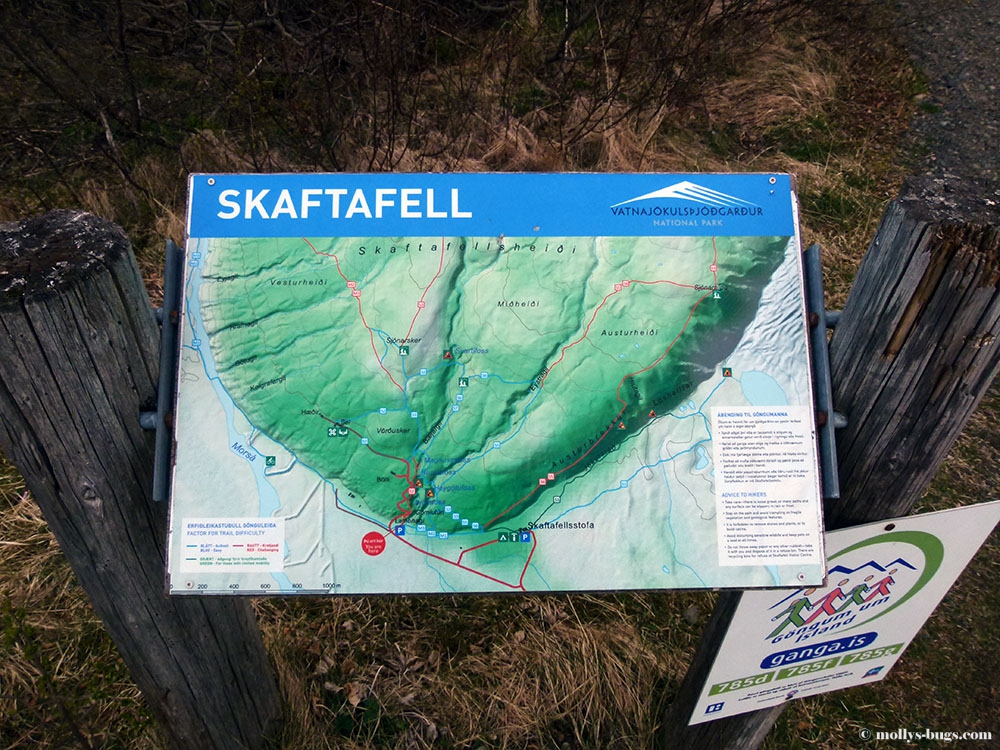

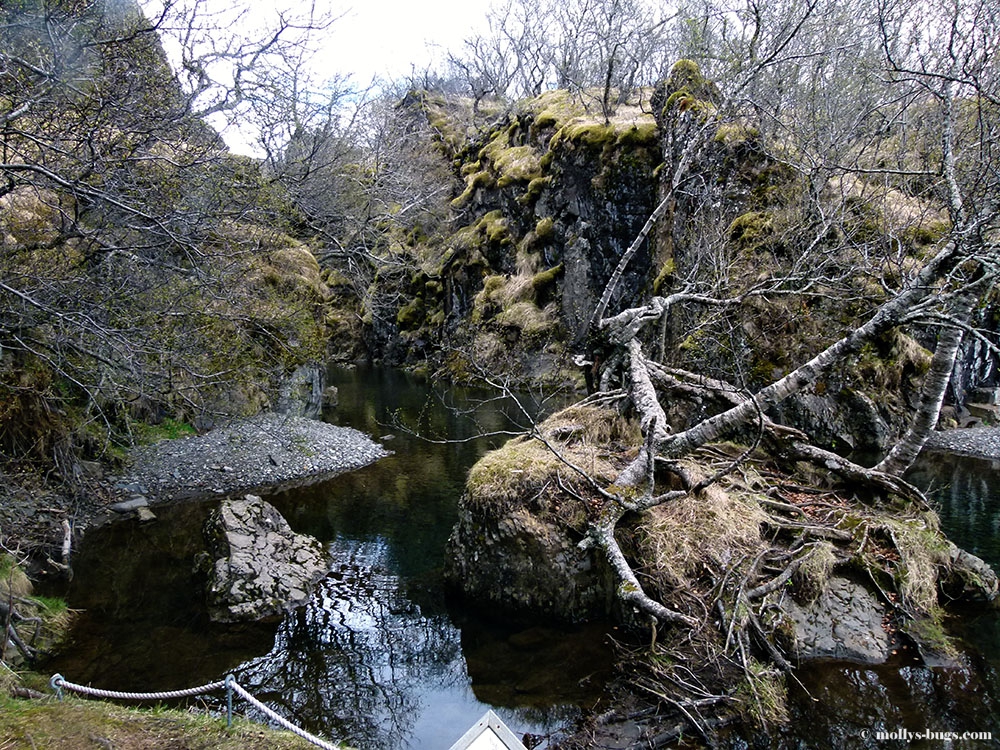
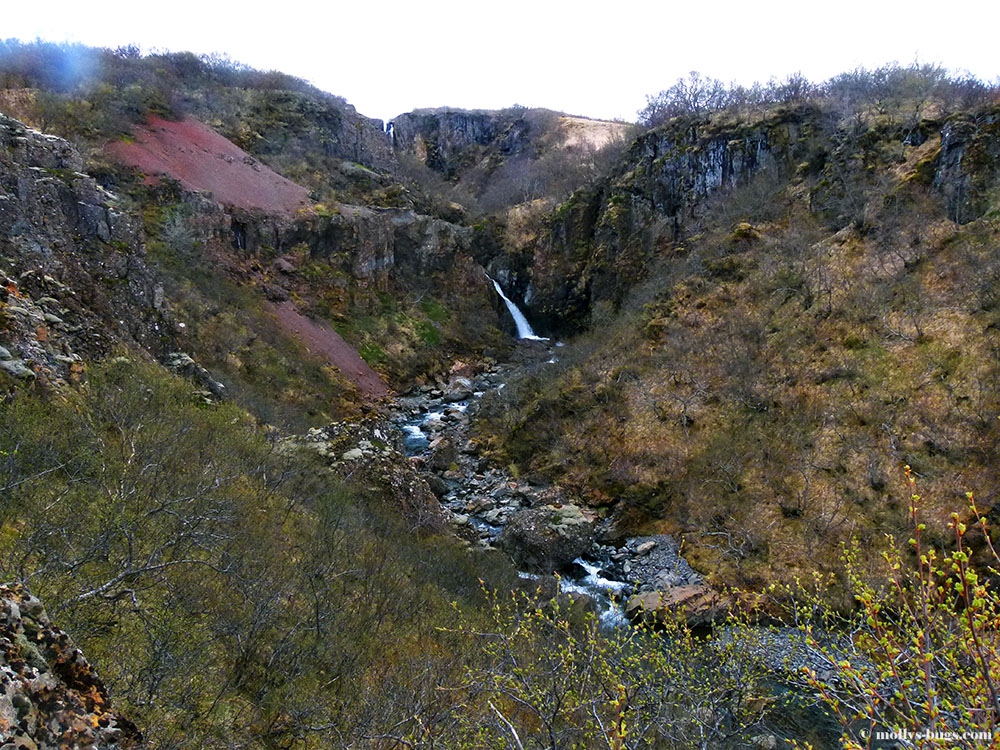
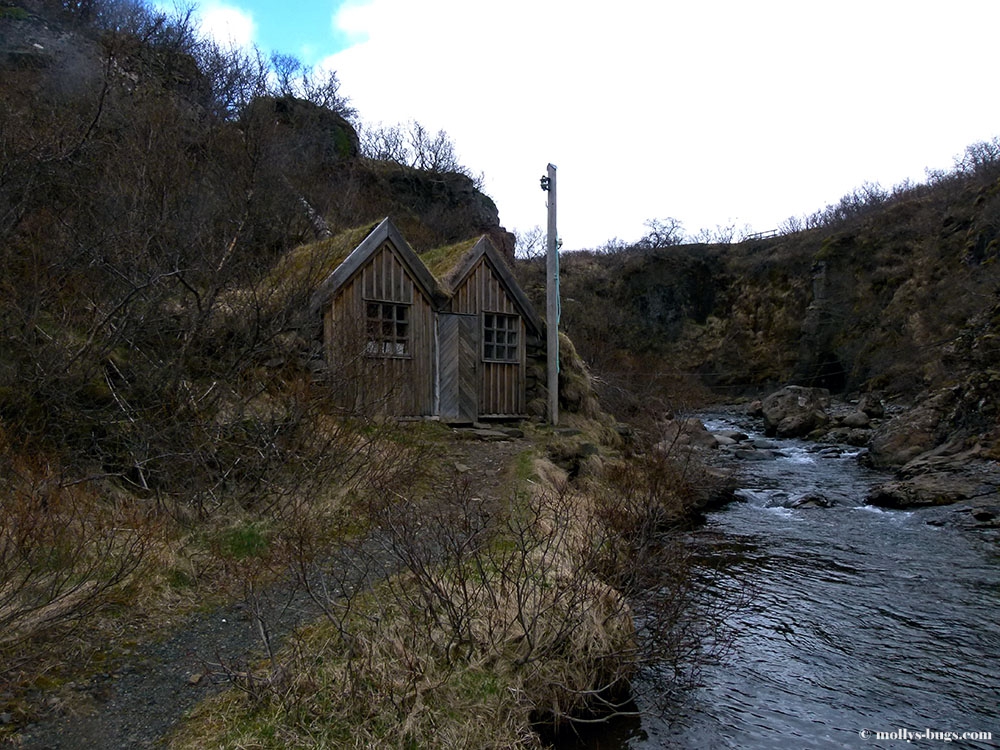
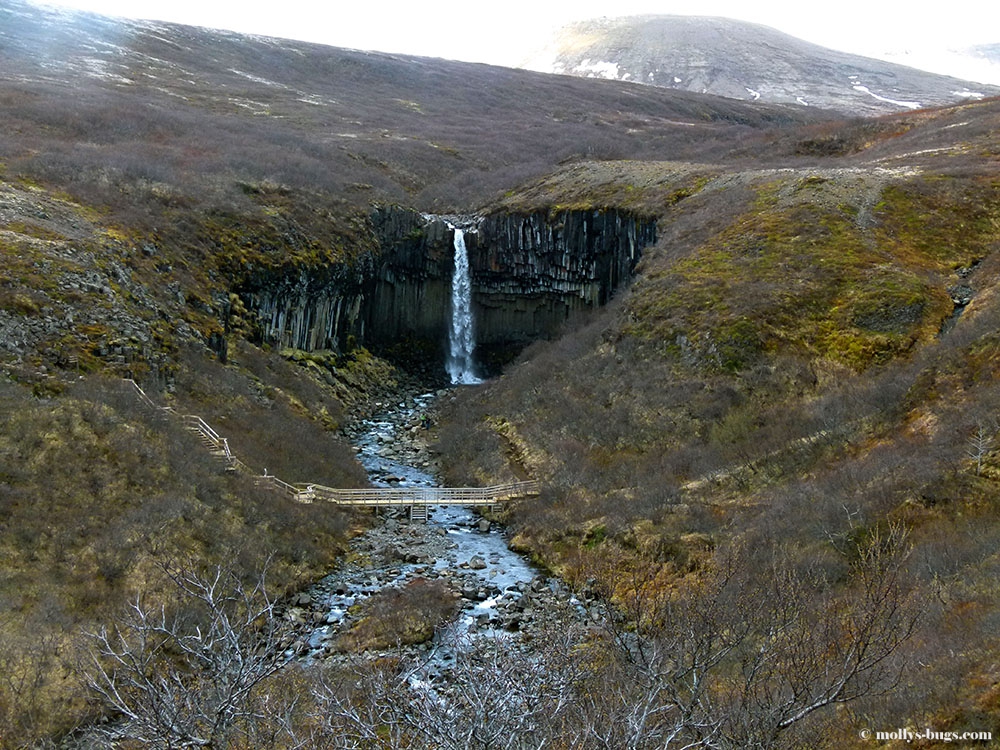
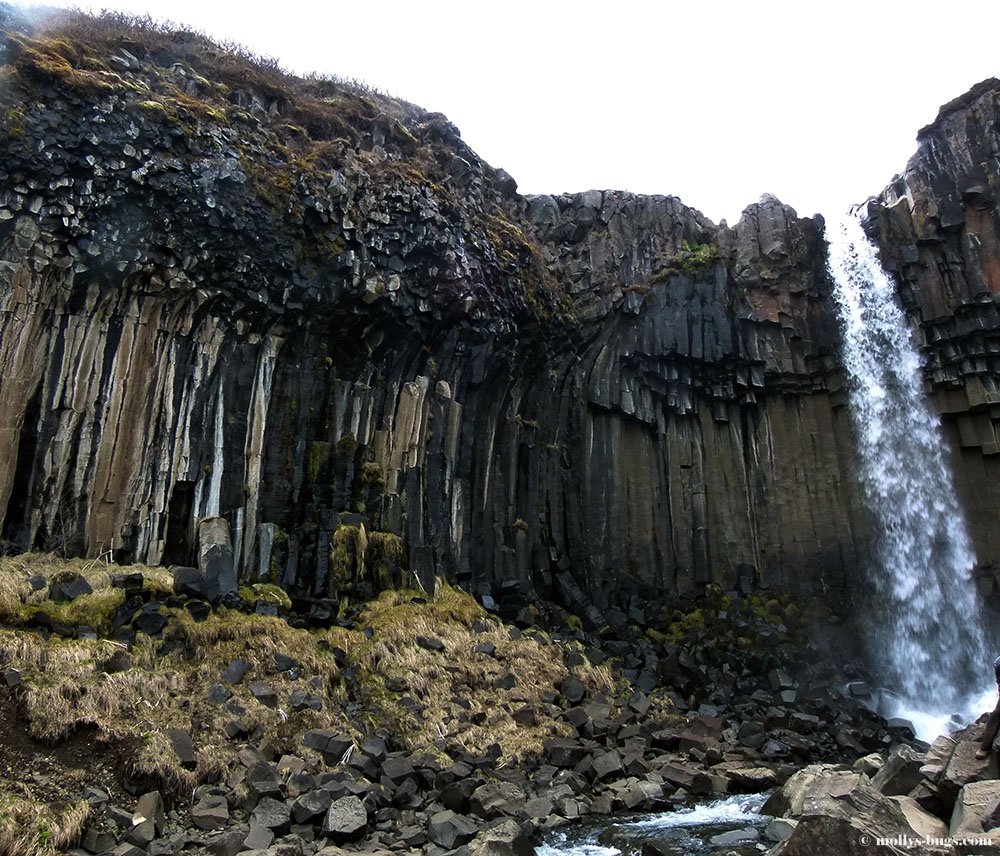
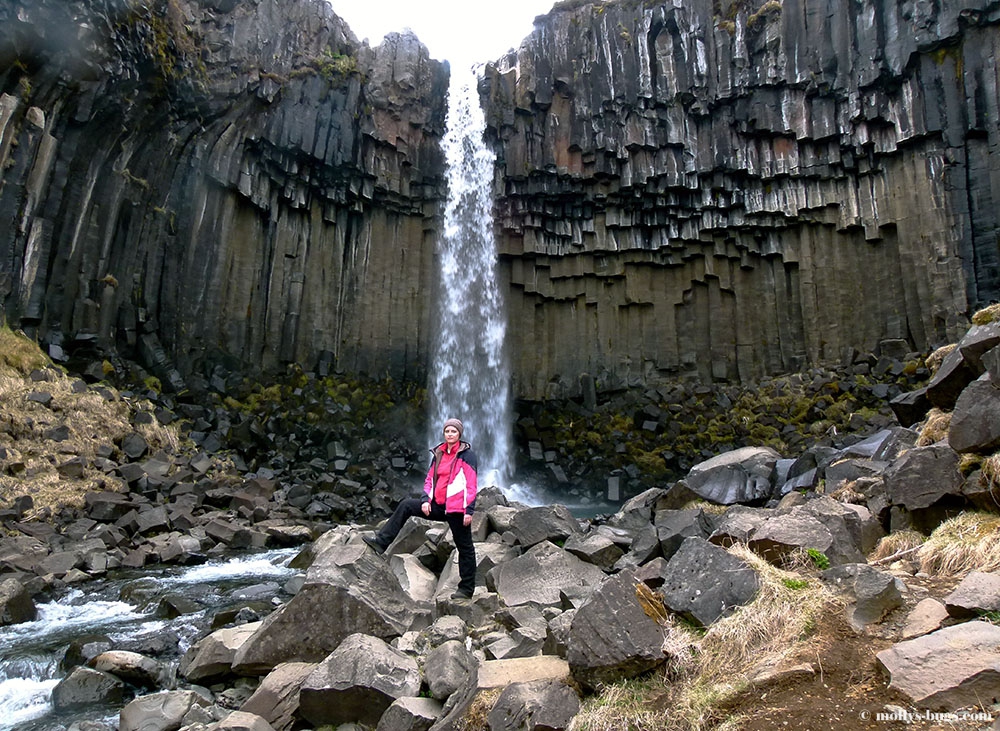
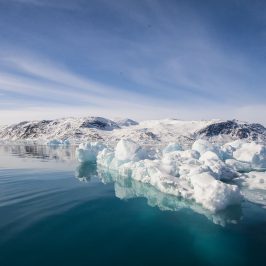

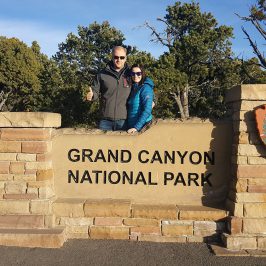
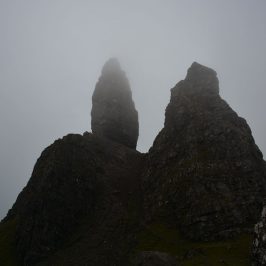
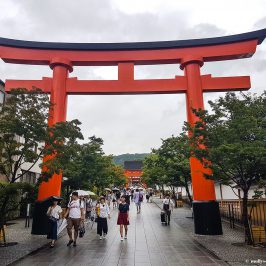
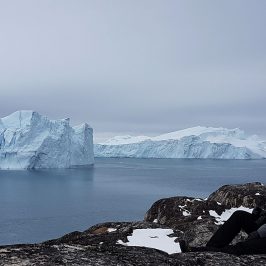
Leave a Reply